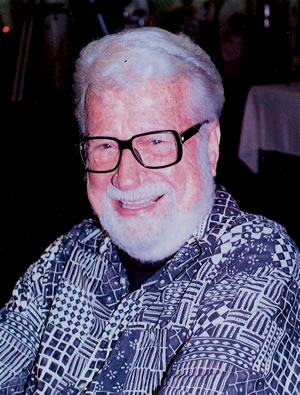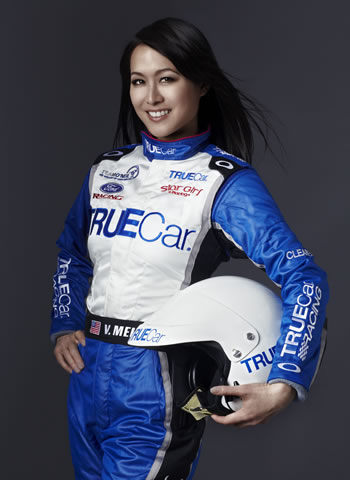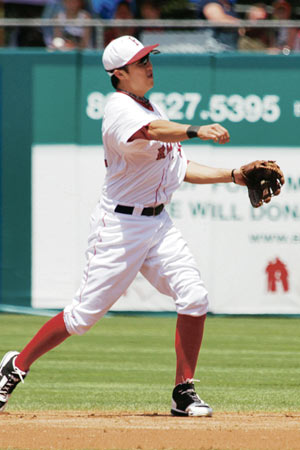
Photo courtesy Jack Cione
Business veteran Jack Cione lives by the mantra of “repotting,” as he has always been willing to make a professional change if a business venture is not as profitable as he wants.
Cione is comfortable entertaining the public, he knows his audience and is not afraid to stray from the uncommon, generating popularity regardless if his showcases are unheard of or taboo during their time.
“I started out as a musician and actor, but then I said to myself there is no chance for me in Hollywood, so I changed careers,” says Cione, who was featured in MidWeek April 22, 1987.
After running 14 dance studios in Phoenix in the 1940s, Cione and his newlywed wife Maydelle took a flight to Hawaii and found the Islands too enticing to leave.
After a profitable stint buying and selling real estate, Cione came to the conclusion that the real estate industry didn’t light his fire, so on a whim and almost accidentally he was thrust into the nightclub business, which he continues to do with flair, even today at the vibrant age of 85.
“After sitting in a nightclub that had more employees than customers in it, I spoke to the owner about getting rid of the show. He asked me if I would be interested in running a show. That is when I got the idea for an All Black Revue and Ice Revue,” says Cione, who at one time owned and operated 12 nightclubs in Honolulu during the ’60s, ’70s and ’80s, including the infamous Forbidden City.
His clubs hosted dozens of celebrity appearances including Judy Garland, Pearl Bailey, Wayne Newton and Redd Fox.
Even with those headliners, what brought Cione and his clubs the most attention were his nude waitressing and revue acts, which were basically an untapped market at the time.
“All of the laws that were written for the liquor commission had to be written because of me. There were no restrictions before statehood. Nothing ever mentioned anything about nudity, so I challenged them all the time,” adds Cione, whose most profitable acts were the secretary lunches and bottomless waiters at the Dunes Club in the ’70s.
Although a bit more toned down now, Cione still has a knack for hosting and entertaining. As a resident of Arcadia Retirement Residence, he organizes trips for several residents to see live shows such as Lani Misalucha at Waikiki Beachcomber or Society of Seven at Outrigger Waikiki. This June, Arcadia will perform its annual Arcadia Follies show, produced and directed by Cione.
“When I moved in we put a little show together called Skool Daze, with residents dressed as little kids, but now it has evolved into a full revue. This year’s theme is ‘Come To The Cabaret, Old Chum.’”


















